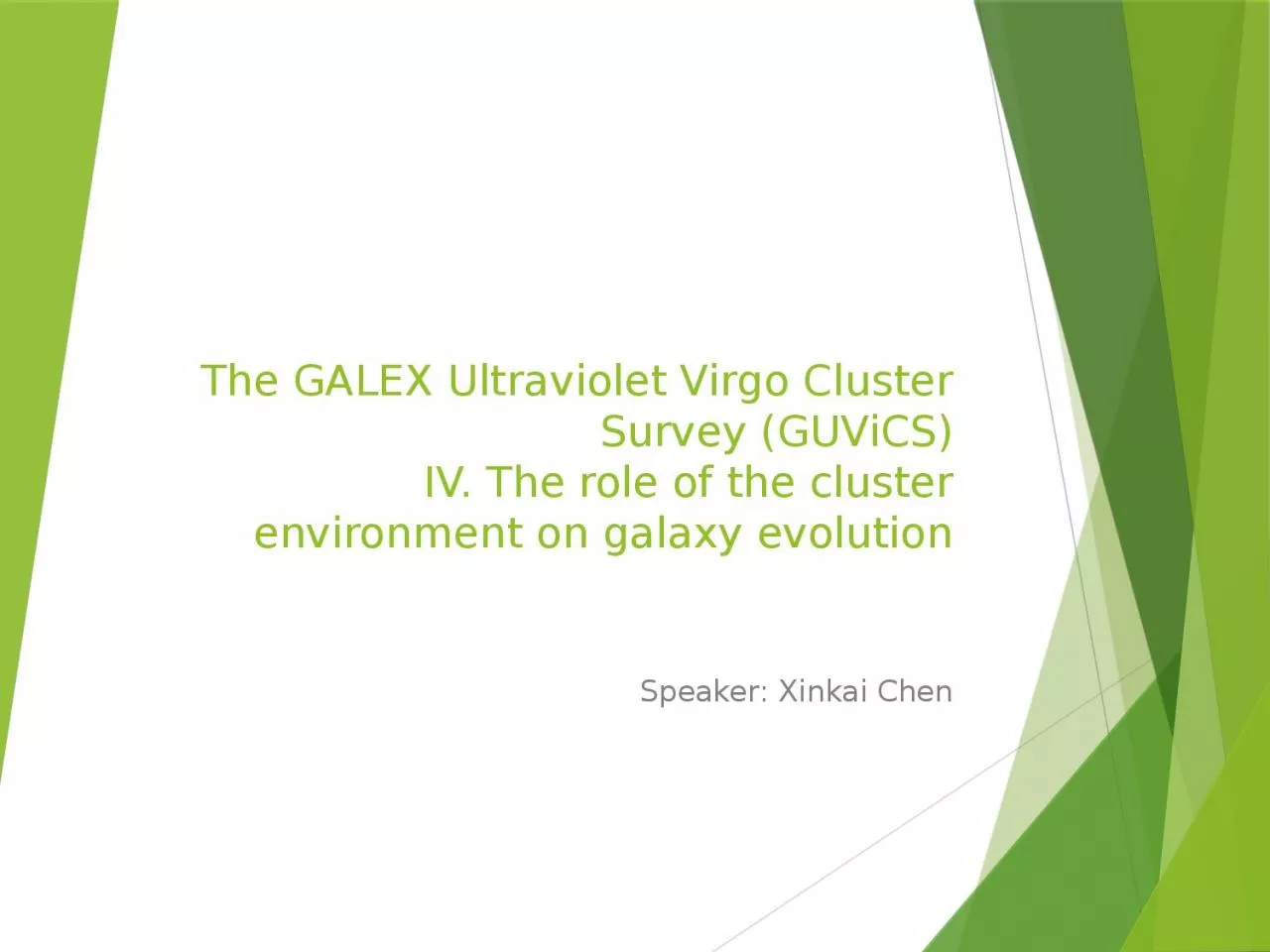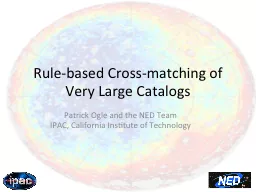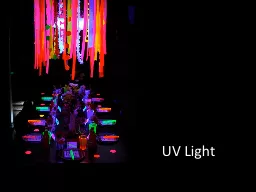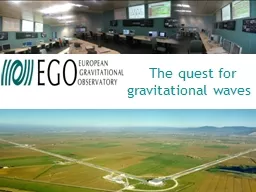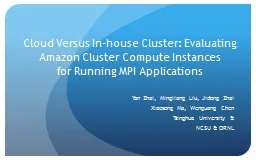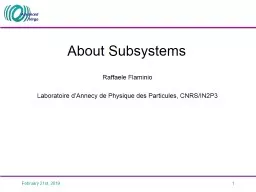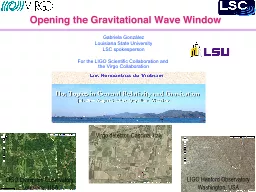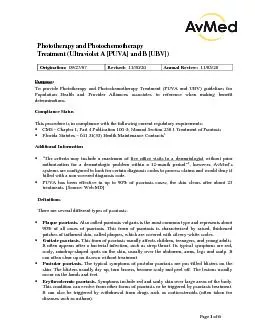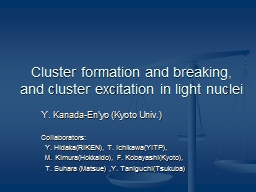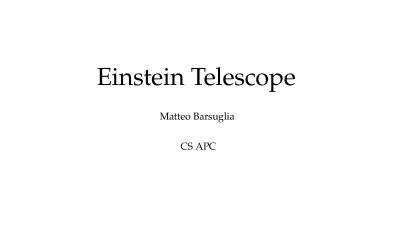PPT-The GALEX Ultraviolet Virgo Cluster Survey (
Author : hadley | Published Date : 2024-02-16
GUViCS IV The role of the cluster environment on galaxy evolution Speaker Xinkai Chen Sample Sample Extended Source Catalogue of Voyer14 recessional velocity
Presentation Embed Code
Download Presentation
Download Presentation The PPT/PDF document "The GALEX Ultraviolet Virgo Cluster Surv..." is the property of its rightful owner. Permission is granted to download and print the materials on this website for personal, non-commercial use only, and to display it on your personal computer provided you do not modify the materials and that you retain all copyright notices contained in the materials. By downloading content from our website, you accept the terms of this agreement.
The GALEX Ultraviolet Virgo Cluster Survey (: Transcript
Download Rules Of Document
"The GALEX Ultraviolet Virgo Cluster Survey ("The content belongs to its owner. You may download and print it for personal use, without modification, and keep all copyright notices. By downloading, you agree to these terms.
Related Documents

